Great news for the North Atlantic Right Whale.
We are approaching the end of the calving season for Endangered North Atlantic Right Whales. But this year there is good news: as of February 13, 2019, there are six new calves in the population!
This is a wonderful discovery. Let’s not forget 2017, when 17 of these whales were killed and the subsequent calving season when no calves were born.
New Food Sources = New Hope?
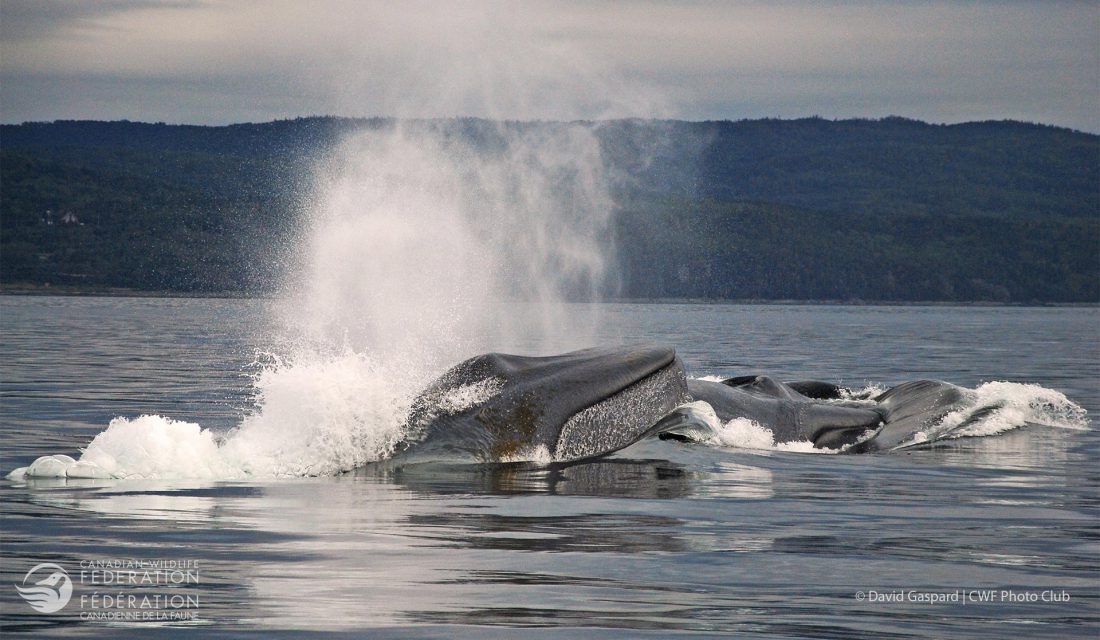
These discoveries offer another important hope. Since 2010, Right Whales have been reducing their use of traditional summer feeding grounds (the Bay of Fundy and Roseway Basin). It is speculated that this is due to the reduced quality of food found there. Conversely, they have become more common in the Gulf of St. Lawrence, possibly because they are seeking new areas to feed. Did they find a better food source?
At first glance, it appears that four of these six mothers were feeding in the Gulf of St. Lawrence in 2017 and two in 2018. This is great news because many scientists have been concerned that the animals would not be able to find enough food in this non-traditional habitat to support reproduction.
The Cost of Pregnancy
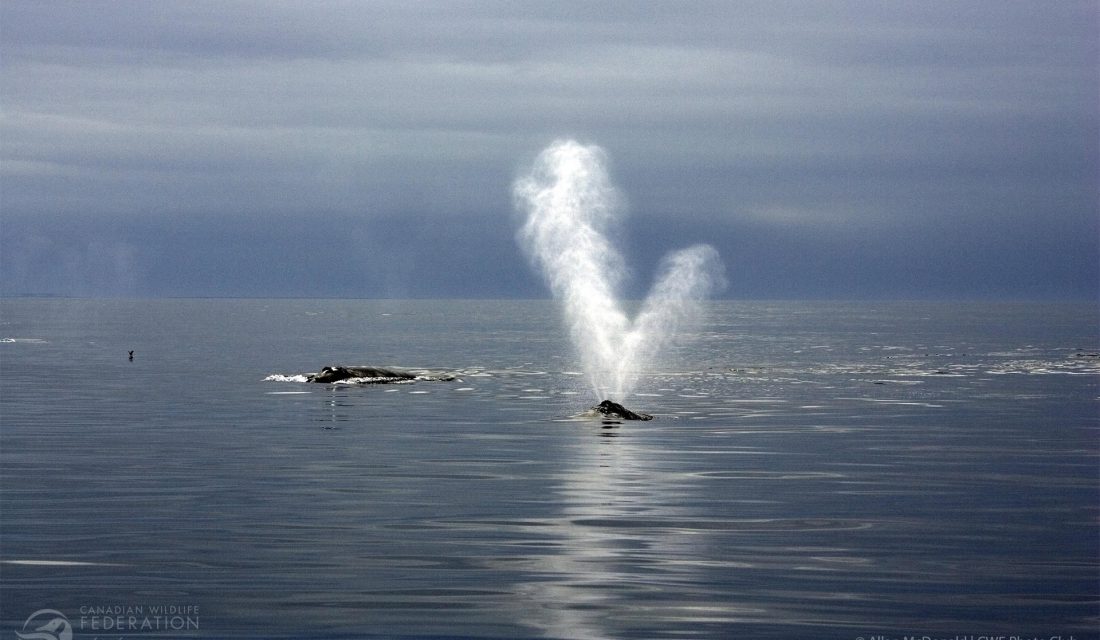
What they eat is directly tied to their ability to reproduce. Becoming pregnant and raising a calf requires a large amount of energy.
Female Right Whales stop feeding at the end of the summer and swim to the southern U.S. to give birth in the winter. During this time, they provide milk to their babies (for about 12 months!) and slowly swim back to their feeding grounds in Canada the following summer where they can finally eat again.
To do all this means they must start their journey south good and fat. It requires so much energy that most adult Right Whales only give birth once every two to three years.
What This Means for These Whales — And Us
These highly endangered animals are doing their part to survive in this world: they are finding enough food to keep having babies.
The rest is up to us. This is not a small challenge!
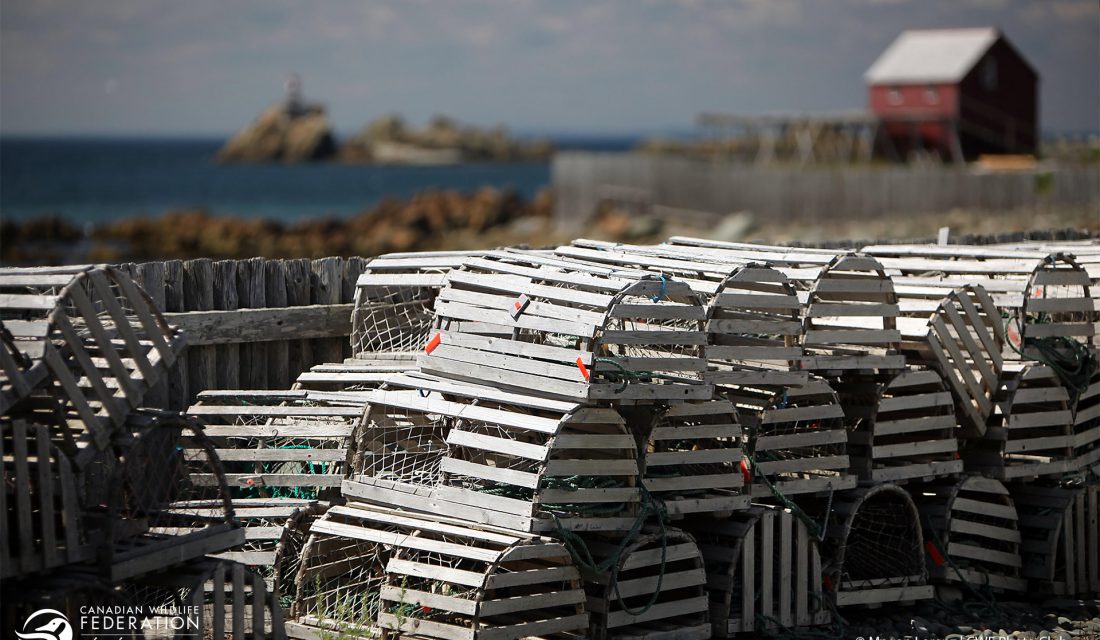
Our activities in the ocean — particularly fishing and shipping — seriously injure and kill many North Atlantic Right Whales every year.
Canada took great efforts to reduce risk from these activities to these whales in 2018 by introducing important fishing and shipping regulations. This appears to have had some success because we saw zero mortalities in the Gulf of St. Lawrence since the regulations were invoked (there were 12 Right Whale deaths in Canadian waters in 2017 alone).
But the danger is not gone.
There is much we need to learn, and much more we need to change in these activities if we want to continue to benefit from our oceans without carelessly eliminating a species from our planet.



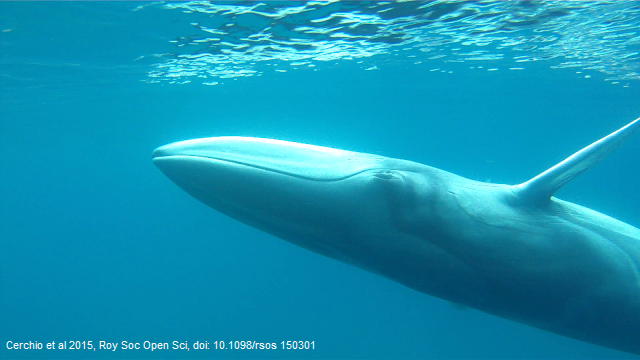

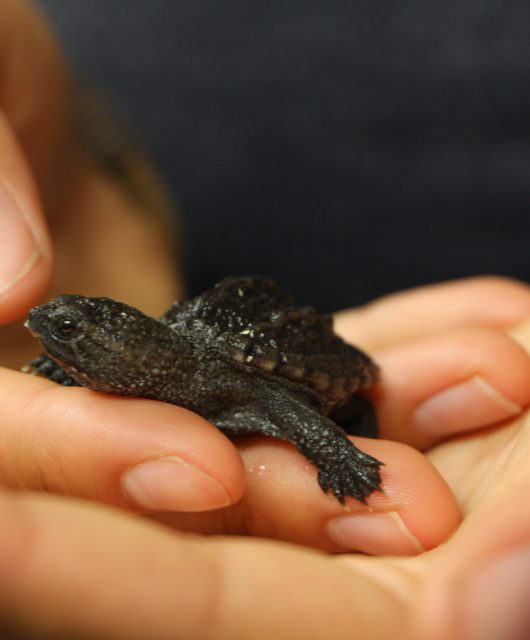
1 comment
I always find it very sad and disturbing when reading of the death of whales in the Gulf of St. Lawrence when it is reported that shipping carriers are responsible because of NOT reducing their speed. What is the fine for this? Aside from donating, what can an individual do?